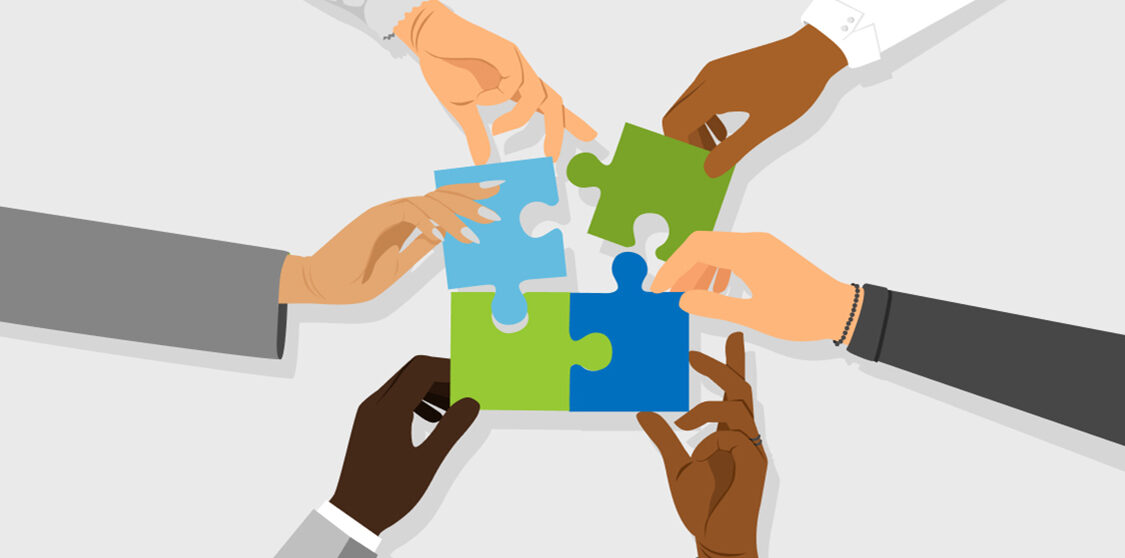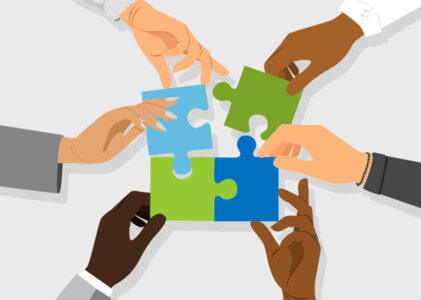Gender identity and expression are key concepts in understanding gender diversity. Gender identity refers to an individual’s internal sense of being male, female, both, or neither. Gender expression, on the other hand, refers to the way an individual presents their gender to others through their behavior, clothing, and other forms of self-expression. These concepts are important because they challenge traditional binary notions of gender and allow for a more nuanced understanding of gender diversity. By embracing gender identity and expression as complex and multifaceted, we can create a more inclusive and accepting society.
Sexual orientation is another important concept to understand in exploring gender and sexuality. Sexual orientation refers to an individual’s emotional and/or sexual attraction to others. It is not a choice, but rather an inherent aspect of an individual’s identity. It is important to recognize and respect the diversity of sexual orientations, including those that are not heterosexual, as a means of promoting inclusivity and reducing discrimination. Additionally, it is important to recognize that sexual orientation is distinct from gender identity and expression.
Intersex and non-binary identities are also important aspects of gender diversity. Intersex individuals are born with physical sex characteristics that do not fit typical male or female categories. Non-binary individuals identify as neither exclusively male nor female, or as a combination of both. It is important to recognize and respect the diversity of gender identities, including those that are not binary, as a means of promoting inclusivity and reducing discrimination. By embracing the complexity and diversity of gender and sexuality, we can create a more equitable and accepting society.
The Importance of Embracing Diversity and Inclusivity
Discrimination and prejudice towards individuals based on their gender and sexuality can have harmful effects on their mental and physical health. Many individuals who identify as lesbian, gay, bisexual, queer, and with other non-heterosexual orientations (LGBQ+) experience stigma and discrimination, leading to increased rates of depression, anxiety, and substance abuse. It is crucial to recognize the harmful effects of discrimination and prejudice and strive towards creating inclusive and accepting environments for all individuals. This includes using culturally sensitive language and avoiding misunderstandings and misinterpretations through common vocabulary. Affirming and respecting an individual’s identity regarding their race, ethnicity, sexual orientation, gender identity, and experiences can help create a safe and inclusive space.
Embracing diversity and inclusivity can have numerous benefits for individuals and society as a whole. Discrimination and prejudice towards individuals based on their gender and sexuality can lead to a lack of representation and underutilization of talent in various fields. By embracing diversity and inclusivity, individuals from different backgrounds can bring unique perspectives and experiences, leading to enhanced innovation, creativity, productivity, reputation, engagement, and results. Moreover, creating safe and inclusive spaces in schools and workplaces can lead to increased student and employee retention and satisfaction. Inclusive gaming spaces can also lead to increased accessibility and engagement. Thus, embracing diversity and inclusivity can lead to numerous benefits for individuals and society as a whole.
Creating safe and inclusive spaces is essential for embracing diversity and inclusivity. Inclusive classroom environments can model acceptance of gender exploration in early childhood education, leading to increased understanding and acceptance of diverse gender identities and sexual orientations. It is crucial to create safe and inclusive spaces in schools, workplaces, and other settings to promote a sense of belonging and acceptance for individuals of all gender and sexual identities. By embracing diversity and inclusivity and creating safe and inclusive spaces, we can work towards a more accepting and inclusive society.
Intersectionality and its Impact on Gender and Sexuality
Intersectionality is a crucial concept in understanding the impact of gender and sexuality on individuals. Intersectionality refers to the interconnectedness of various aspects of an individual’s identity, such as gender, race, ethnicity, ability, and sexual orientation. The intersection of gender and race, for example, can result in unique experiences of discrimination and marginalization for individuals who identify as both a woman and a person of color. Similarly, the intersection of gender and socioeconomic status can impact access to resources and opportunities, leading to further inequality. By recognizing and understanding the intersectionality of gender and other aspects of identity, we can better address and support the diverse experiences of individuals.
The intersection of gender and disability is another crucial aspect to consider in discussions of gender and sexuality. Individuals who identify as both a woman and a person with a disability may face unique challenges and experiences of discrimination. A study by Petersen in 2006 explored the intersection of gender, race, disability, and class in education, highlighting the importance of considering multiple aspects of identity in educational settings. By recognizing and addressing the intersection of gender and disability, we can work towards creating more inclusive and accessible spaces for all individuals.
Embracing diversity and inclusivity in discussions of gender and sexuality requires an understanding of the fluidity and diversity of identities. A study by Kimball in 2018 delved deeply into gender and sexuality concepts, highlighting the importance of recognizing the diversity of experiences and identities within these categories. Additionally, the intersection of gender and sexual orientation can result in unique experiences and identities, as explored in a study by Kuper in 2012. By recognizing and embracing the diversity of identities and experiences within discussions of gender and sexuality, we can work towards creating more inclusive and supportive communities for all individuals.
The LGBTQ+ Movement and its Evolution
The LGBTQ+ movement has evolved significantly over the years, as society’s understanding of diverse sexual identities and gender expressions has grown. The movement began in the late 19th century with the formation of organizations such as the Scientific-Humanitarian Committee in Germany and the Mattachine Society in the United States. These organizations aimed to advocate for the rights of individuals who identified as homosexual and to challenge the societal stigma surrounding same-sex attraction. As the movement progressed, it expanded to include individuals who identified as transgender, non-binary, and gender non-conforming.
The fight for LGBTQ+ equality has been marked by several key milestones. In 1969, the Stonewall riots in New York City marked a turning point in the LGBTQ+ movement, as individuals took to the streets to protest police brutality and discrimination against the LGBTQ+ community. This event is widely regarded as the catalyst for the modern LGBTQ+ rights movement. In 2015, the United States Supreme Court legalized same-sex marriage nationwide, a significant victory for the LGBTQ+ community. However, challenges still remain, including discrimination in the workplace and healthcare, as well as ongoing violence against transgender individuals.
Despite the progress made in the fight for LGBTQ+ rights, ongoing activism is necessary to address current challenges and achieve full equality. This includes advocating for policies that protect LGBTQ+ individuals from discrimination and violence, as well as promoting awareness and education surrounding gender and sexuality.Additionally, it is important to recognize and celebrate the diversity within the LGBTQ+ community, including individuals of different races, ethnicities, and religious backgrounds.By embracing diversity and inclusivity, we can continue to move towards a more equitable and just society for all.
Moving Forward: Taking Action for Inclusivity
One critical step towards promoting inclusivity and embracing diversity in gender and sexuality is through education. Educating ourselves and others about diverse sexual orientations, gender identities, and expressions can help promote acceptance and understanding. This education can include learning about Gender and Sexuality Diversity (GSD), a broad construct that includes all sexes, genders, and sexualities. Interactive workshops, such as those facilitated by Campus Outreach, can also be beneficial in promoting gender diversity and inclusion. By educating ourselves and others, we can create a more inclusive and accepting society.
Advocating for LGBTQ+ rights is another crucial step towards promoting inclusivity and embracing diversity. This can include supporting organizations such as the Human Rights Campaign, which envisions a world where every member of the LGBTQ+ family has the freedom to live their truth without fear and with equality. It can also involve advocating for safe and supportive school policies for all children and youth, protecting the right to privacy around sex, sexual orientation, and gender identity, and challenging stereotypes and binary assumptions. By advocating for LGBTQ+ rights, we can help create a society that is more accepting and inclusive of all individuals.
Supporting LGBTQ+ communities and organizations is also essential in promoting inclusivity and embracing diversity. This can involve donating to LGBTQ+ organizations or attending events that celebrate and support the LGBTQ+ community. Additionally, companies can commit to providing a safe and welcoming environment to LGBTQ+ individuals, such as IBM’s commitment to providing a safe and welcoming environment to Lesbian, Gay, Bisexual, Transgender, Queer, and non-binary individuals. By supporting LGBTQ+ communities and organizations, we can help create a more inclusive and supportive society for all individuals.

